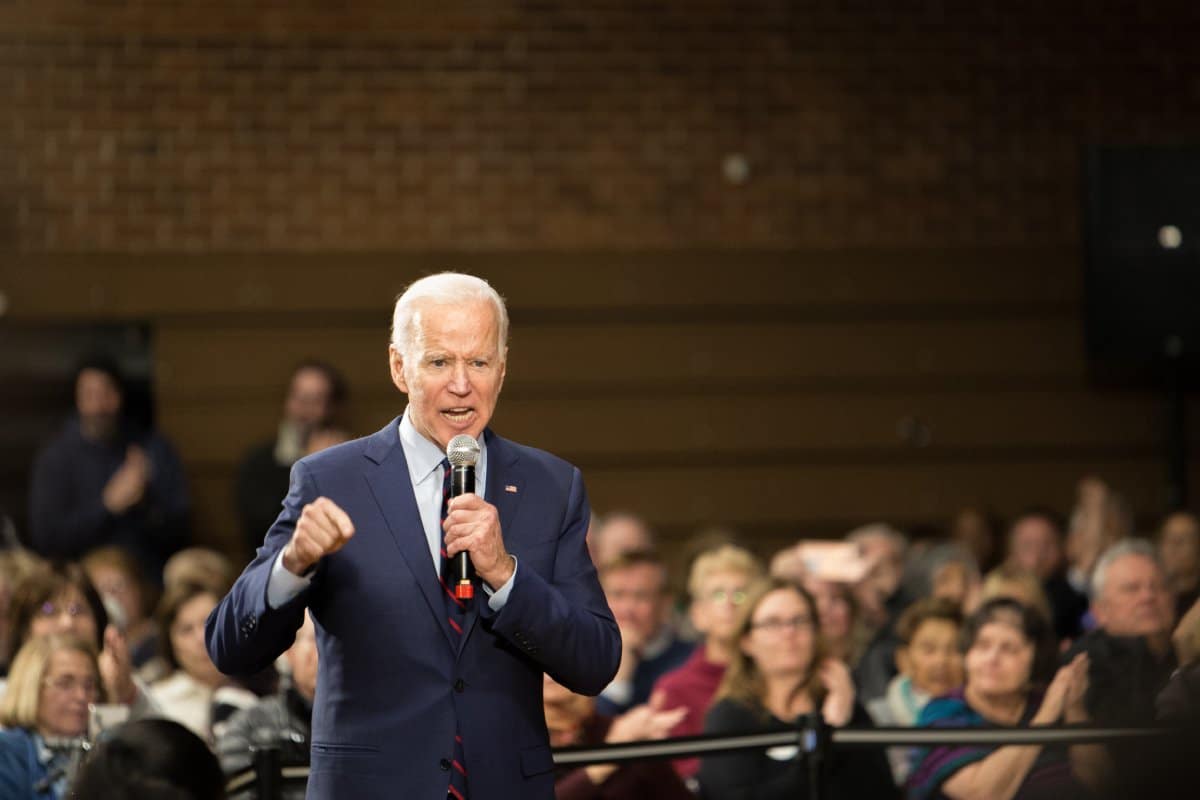In an unexpected twist, Joe Biden’s administration is channeling a significant portion of its $442 billion funding through two landmark laws into the rural areas of the United States. This move seems poised to benefit the very regions that showed little support for the President in the last election.
A Financial Windfall Across the Country
The Bipartisan Infrastructure Law and the Inflation Reduction Act are key pillars of Biden’s presidency, dispersing funds across the nation for a multitude of projects. With over 50,000 initiatives in the works, this investment is set to reshape America’s infrastructure.
The bulk of this financial infusion is directed at transportation, covering everything from highway construction to airport renovations and electric vehicle (EV) initiatives. These efforts are widespread, touching every state and territory, yet not distributed evenly.
Interestingly, states that leaned away from Biden in the 2020 election, like Alaska, Montana, North Dakota, and Wyoming, are seeing the most significant per capita investment. This distribution pattern points to a strategic allocation that may alter political views in these areas.
The Challenge of Recognition
Despite these investments, Biden faces the hurdle of gaining acknowledgment for his achievements, particularly in regions skeptical of his administration. A recent poll indicates that despite Biden’s active advancements in this area, Trump is preferred over Biden on infrastructure management.
In response, the White House has launched an extensive campaign to highlight these achievements. From State of the Union addresses to a $30 million ad blitz, Biden’s efforts are aiming to reconnect Americans with his administration’s accomplishments.
Rural America’s Transformation
The distribution of funds reveals a targeted effort to uplift rural America, bringing substantial investments to areas previously underserved in terms of infrastructure and connectivity. This initiative could redefine rural living and economic prospects.
Transportation Secretary Pete Buttigieg has become the face of these infrastructure efforts, traveling nationwide to promote the administration’s work. His role is to highlight the diverse impact of these projects, from urban developments to enhancements in remote locales like Hawaii.
Biden’s Personal Commitment
It is clear that transportation remains a priority for Biden, reflecting his longstanding interest in the sector, with Delaware residents, in particular, set to benefit significantly from these initiatives. The drive to improve broadband access is also a key part of Biden’s infrastructure plan, targeting both urban and rural areas to bridge the digital divide.
The initiative aligns with the administration’s broader goals of enhancing nationwide connectivity.
Investments in Clean Energy and Technology
The Inflation Reduction Act’s emphasis on clean energy projects marks a deliberate shift towards sustainable development, with a notable focus on urban and coastal states. The administration’s policies have catalyzed a wave of private investments in key industries, particularly semiconductor manufacturing.
States like Arizona and Texas are witnessing significant growth, driven by both governmental support and private-sector initiatives.
With the CHIPS and Science Act, Biden’s administration is boosting the semiconductor industry, attracting over $235 billion in investments. This strategic focus promises to strengthen the U.S.’s position in the global technology space.
Biden’s Call to Action
Biden has not shied away from addressing political opposition, urging Republicans to acknowledge these investments’ benefits to their constituencies. His challenge to detractors highlights the bipartisan appeal of infrastructure progress.
This financial deployment promises to revolutionize America’s infrastructure framework, particularly enhancing rural regions that have long awaited such attention. The goal is to create a more integrated, eco-friendly, and durable infrastructure system across the nation.
President Biden’s strategic funding aims to significantly influence the country’s infrastructure for generations. Although the political outcomes of these initiatives are yet to be determined, the real-world advantages for people nationwide, especially those in less urbanized areas, are clear and substantial.
In today’s sharply divided political environment, the infrastructure and economic strategies introduced by the Biden administration are crafting a story of collective progress. The imperative now is to ensure that all political sides acknowledge and value these endeavors, setting the stage for a more unified and flourishing America.
The post Biden’s $442 Billion Rural Investment: Political Game-Changer first appeared on Swift Feed.
Featured Image Credit: Shutterstock / Trevor Bexon.

